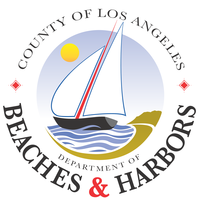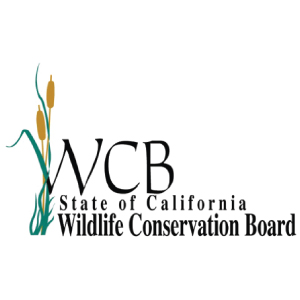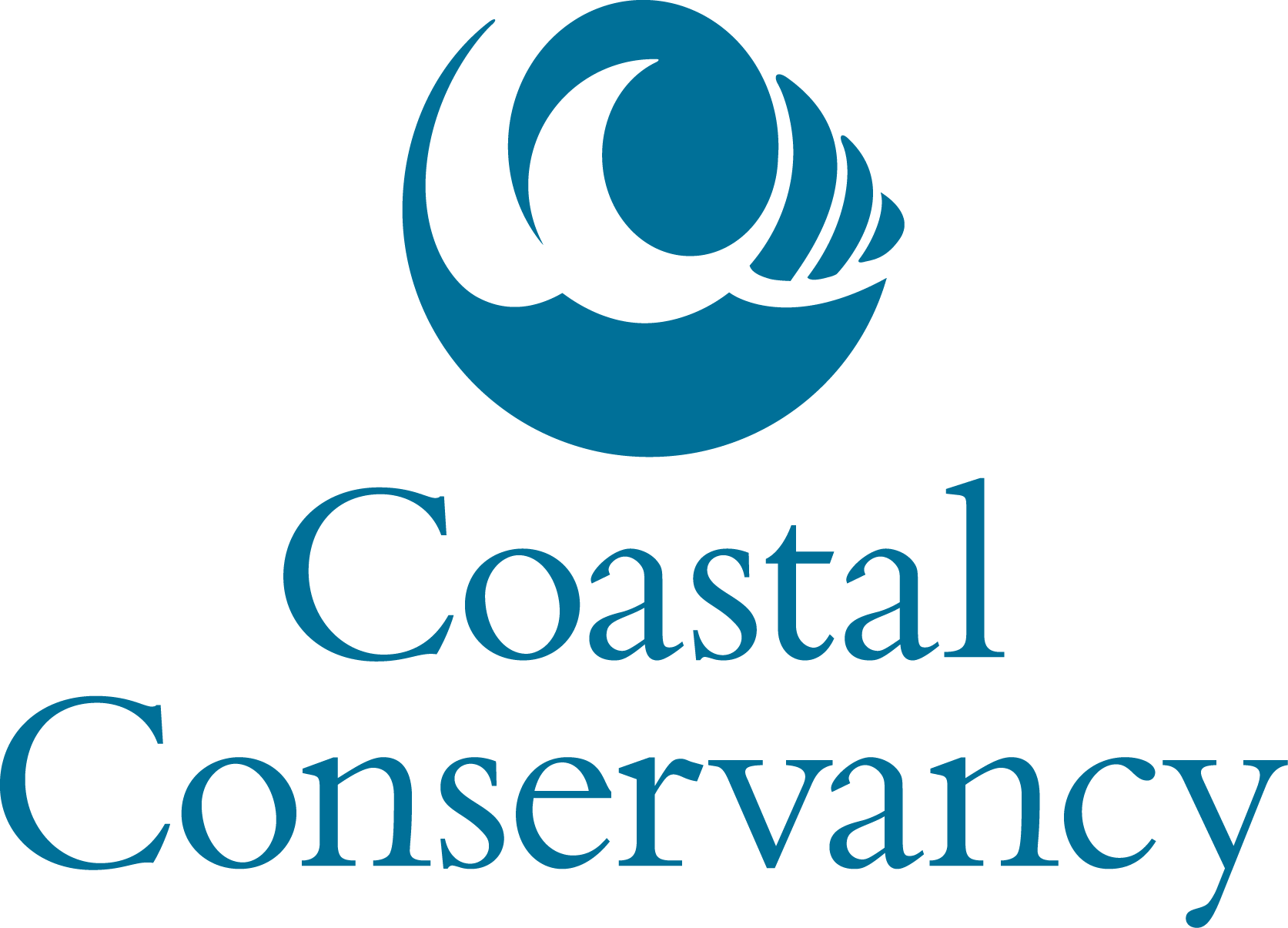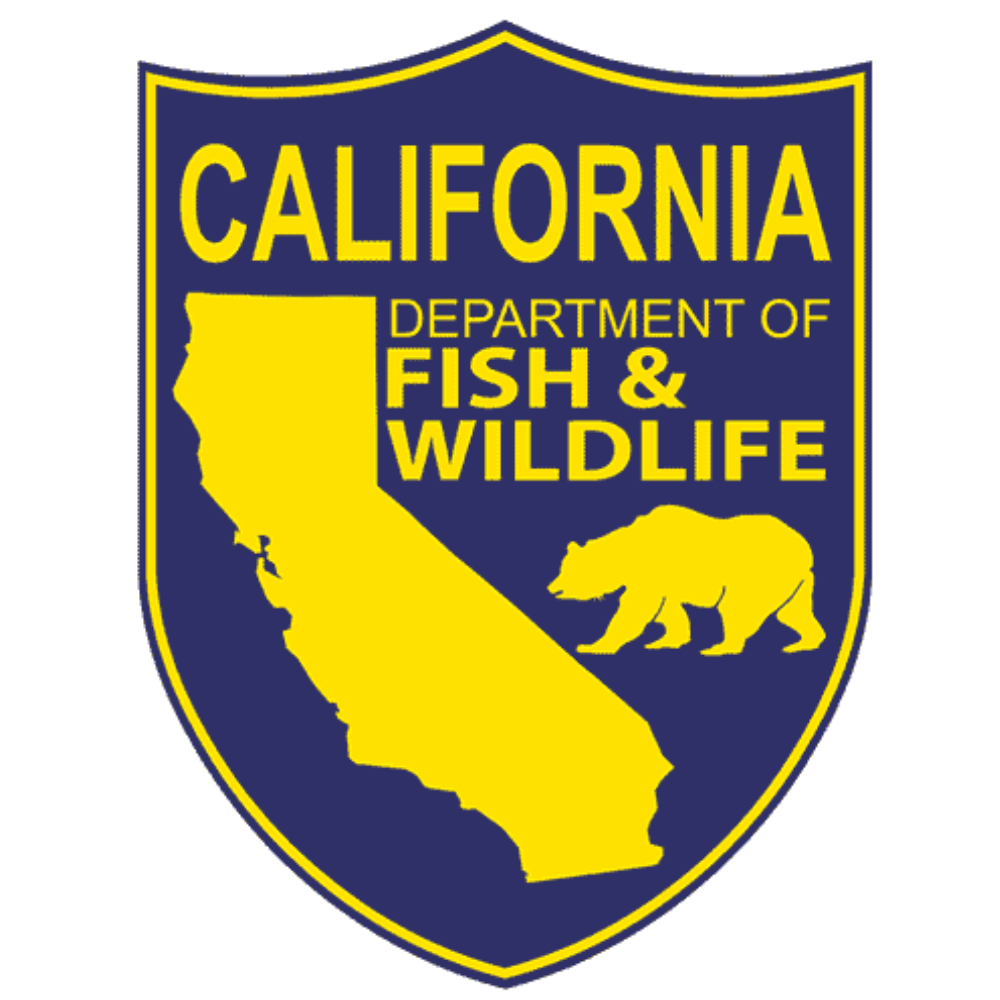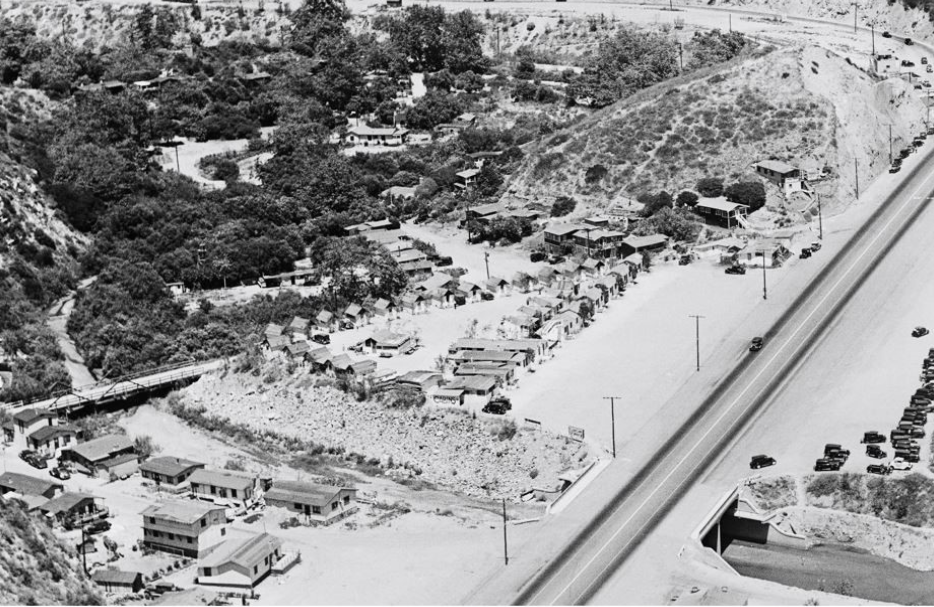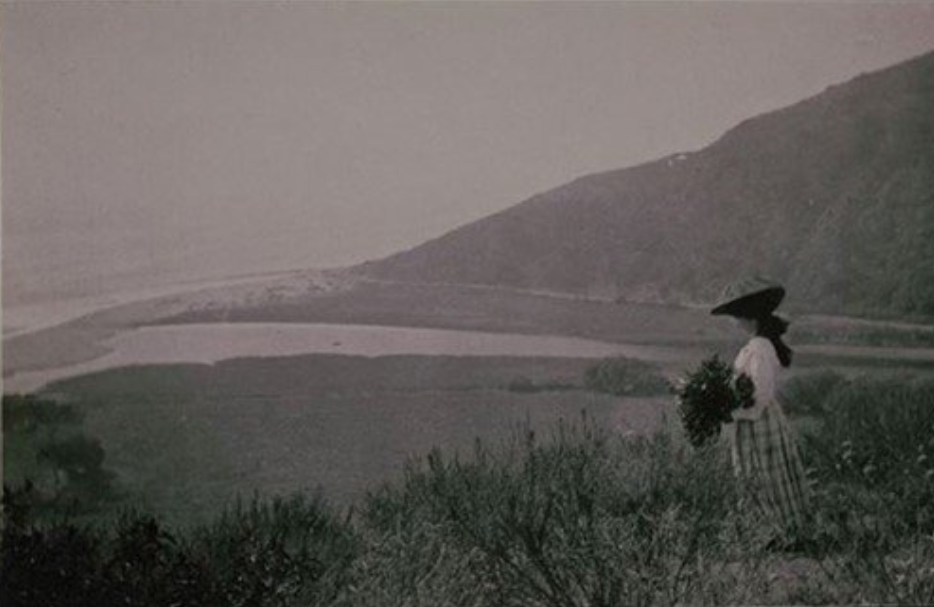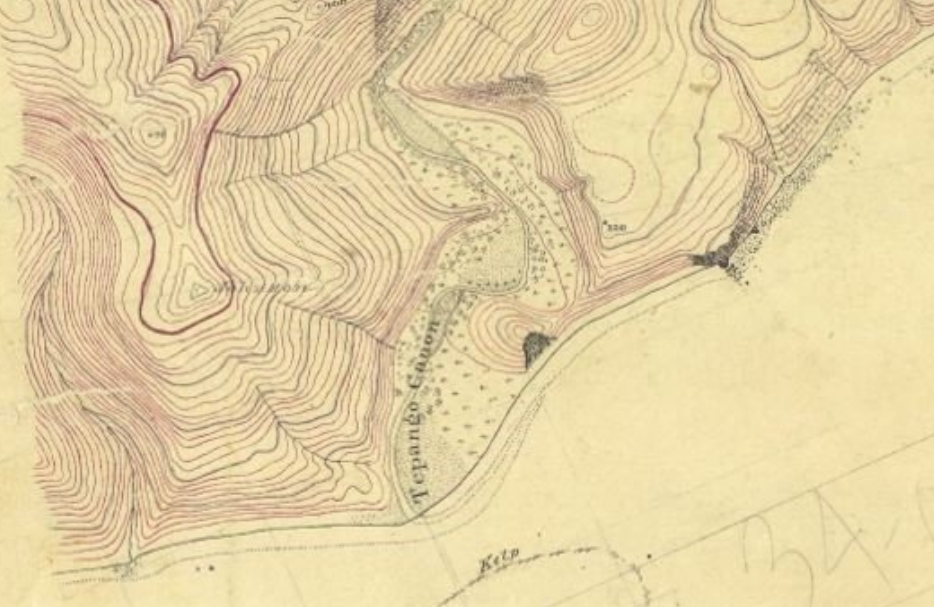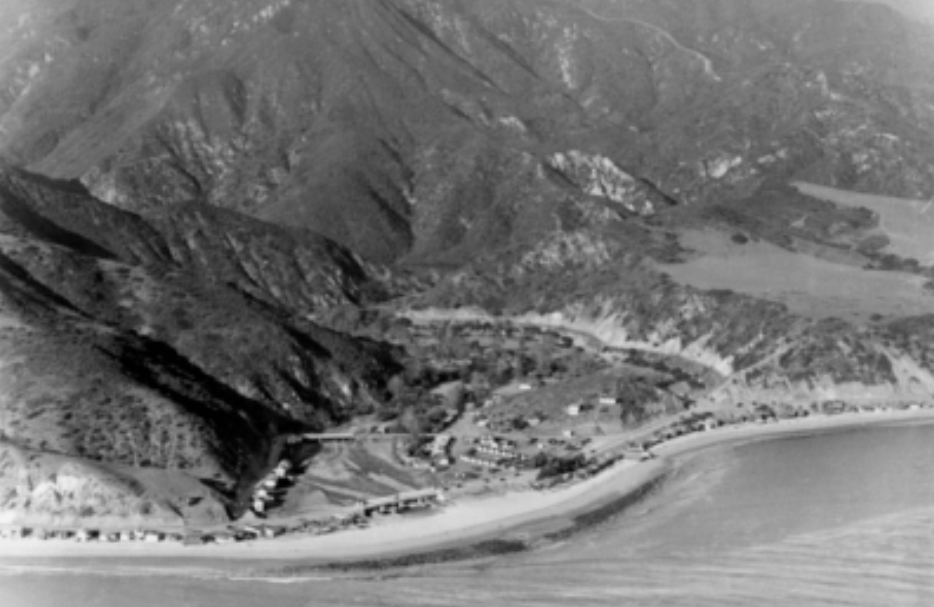Notice of Pending Permit
The team behind the Topanga Lagoon Restoration Project is notifying the public that a Notice of Pending Permit for a Coastal Development Waiver has been issued. This permit is for geotechnical testing along PCH and Topanga Canyon Boulevard, to inform bridge and road design. The hearing date for this permit is June 11th, 2025.
The FEIR is Complete
The Final Environmental Impact Report (FEIR) for the Topanga Lagoon Restoration Project is approved.
Click the link below to review the FEIR and access more information on this important project.
Project support generously provided by:
PROJECT OVERVIEW
The Resource Conservation District of the Santa Monica Mountains, along with California State Parks, Caltrans, and County of Los Angeles Department of Beaches and Harbors, are working on a joint project to restore Topanga Lagoon, provide improved visitor services, coastal access, and emergency response, while proactively addressing sea level rise. The Topanga Lagoon Restoration Project has been many years in the making and has been generously supported by the Wildlife Conservation Board, State Coastal Conservancy, the California Department of Fish and Wildlife and through the efforts of former Assemblymember Richard Bloom, among others.
A Brief History of the Lagoon
Topanga Lagoon is located at the mouth of Topanga Creek, within Topanga State Park and Topanga Beach at the eastern edge of the Santa Monica Mountains. Once 30-acres in size, Topanga Lagoon is currently less than 1-acre. The lagoon area has been filled and developed over the years with buildings and hardscape infrastructure. The beach adjacent to the lagoon hosts about one million visitors per year and is regionally important for coastal access and recreation. Despite this history of damage and development, Topanga Lagoon continues to host critical natural resources, including federally endangered tidewater goby and Southern California steelhead trout. The lagoon area also includes remnants of the historic Topanga Ranch Motel.
Project Goals
The Topanga Lagoon Restoration Project seeks to protect and improve the biological, cultural and recreational values onsite. The project does this by expanding Topanga Lagoon from its current footprint of less than 1-acre, restoring and enhancing coastal habitats and reconstructing the Pacific Coast Highway (PCH) bridge to accommodate a wider lagoon. The project will improve visitor services and coastal access by developing a “Gateway Corner” visitor hub with interpretive features and new parking at NW corner of the intersection of the PCH and Topanga Canyon Boulevard. Public lands within the project area will also be better connected through an integrated trail system, emergency response, improved parking, and new visitor amenities.
Selected Project Design
After receiving public feedback on the four “build alternatives” presented in the Draft Environmental Impact Report (EIR), partners and stakeholders for this project selected a preferred hybrid alternative. The Preferred Hybrid Alternative 3A, presented in the Final EIR, combines elements from Build Alternatives 2 – 4 and meets all Project Objectives. Alternative 3A will increase the lagoon’s footprint to ~7.6 wetted acres, with ~23.7 riparian/transitional upland acres restored. It will increase the beach area to ~ 1 acre, expand the PCH bridge to 460’, retain a single concession, restore up to 15 structures of the historic Topanga Ranch Motel, and develop unified trail, parking, and emergency response systems. The Gateway Corner, a new visitor hub at the northwest corner of PCH and Topanga Canyon Boulevard, will include an interpretive pavilion, parking, restrooms, bus stop, picnic area, employee house and maintenance facility would be developed. Wastewater management would be improved by installing advanced wastewater treatment options onsite. Lastly, this hybrid alternative design would avoid significant and unavoidable historic and cultural impacts
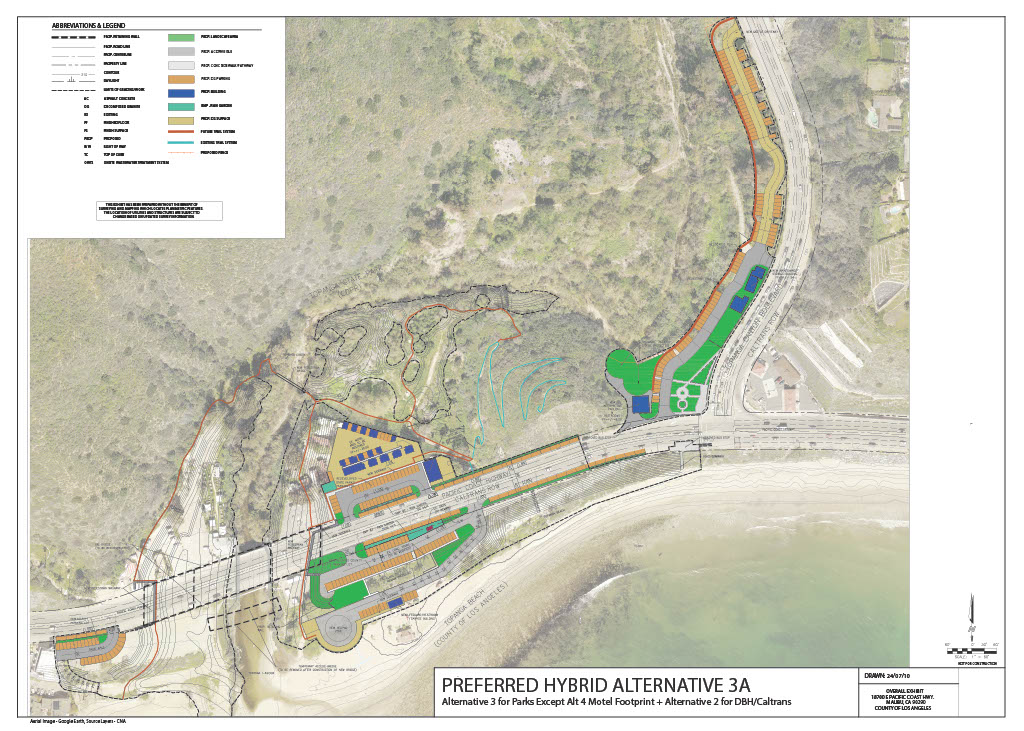
Preferred Hybrid Alternative 3A-Balanced Resource Protection was selected based on public, regulatory and landowner feedback. This alternative both protects endangered species and ecosystems through lagoon restoration and protects and restores important cultural resources for the public benefit. Sea Level Rise resilience and improved coastal access are also incorporated.
WHERE TO LEARN MORE
The RCD actively invites the public to be involved in the planning and restoration of this important area. Read more about the restoration, get current updates, and discover how you can become involved at the project’s full website at TopangaLagoonRestoration.org
WE MADE A MUSIC VIDEO!
In an effort to invite as many diverse voices into the restoration process as possible, we have created a music video featuring Topanga Lagoon!
Watch the video below and join a young boy’s journey as he experiences the beauty and wonder of Topanga Lagoon through the eyes of an endangered southern steelhead. Please share the video and help us spread the word about this exciting restoration!



